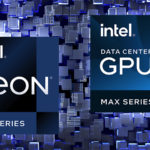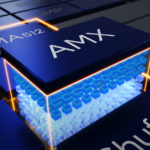Apple first introduced Metal in June 2014 as one of the features of the iPhone 5S, iPad Air, and iPad Mini, and their Apple A7 […]
Category Archives: Topics
Unreal Engine vs Unity: Which One is Better?
A game engine is a software framework used for developing video games without needing to start from scratch. Think of it as a pre-built foundation […]
ChatGPT vs Copilot: Which One is Better
Advancements in machine learning and the more specific deep learning, artificial neural networks, and natural language processing via large language modeling have made chatbots more […]
What is Intel Max Series: Advantages and Disadvantages
Intel Max Series is the brand name for a product family of central processing units and discrete graphics processing units that are designed and marketed […]
Relationship Between Oil and Gas Prices and the Stock Market
The relationship between the global prices of oil and gas and the performance of stock markets has long been examined and analyzed both by academic […]
Transformational Leadership: Advantages and Disadvantages
Transformational leadership is both a theory and a style of leadership in which a leader employs more specific approaches or mechanisms to build and maintain […]
Samsung Galaxy Tab A9+ Review: Pros and Cons
Samsung released two new entry-level tablets for its Samsung Galaxy Tab product line in the last quarter of 2023. These are the Samsung Galaxy Tab […]
What is Intel AMX: Advantages and Disadvantages
Intel Advanced Matrix Extensions or Intel AMX is a set of instructions added to the x86 instruction set architecture of selected Intel processors to accelerate […]
Transactional Leadership: Advantages and Disadvantages
Transactional leadership is both a theory and a style of leadership that focuses on the supervision and organization of individuals and tasks, as well as […]
Advantages and Disadvantages of Apple CarPlay
Apple CarPlay is a software feature that enables a compatible iPhone device to connect to the infotainment system of an automobile vehicle. It is not […]









